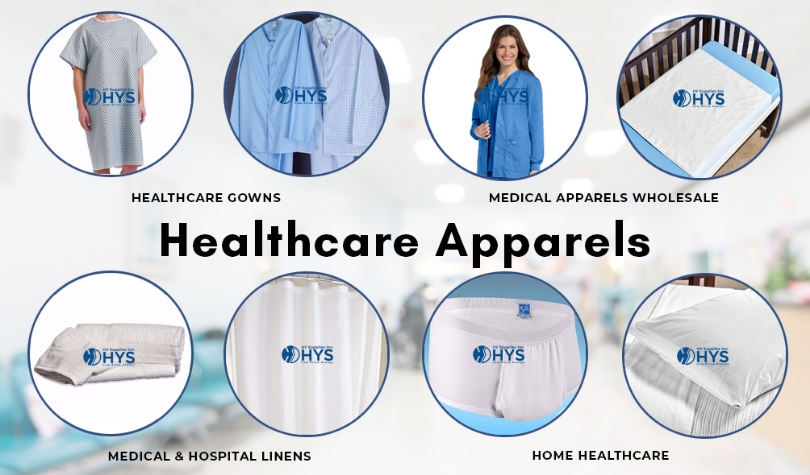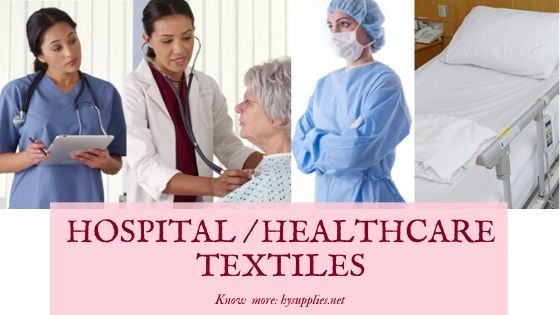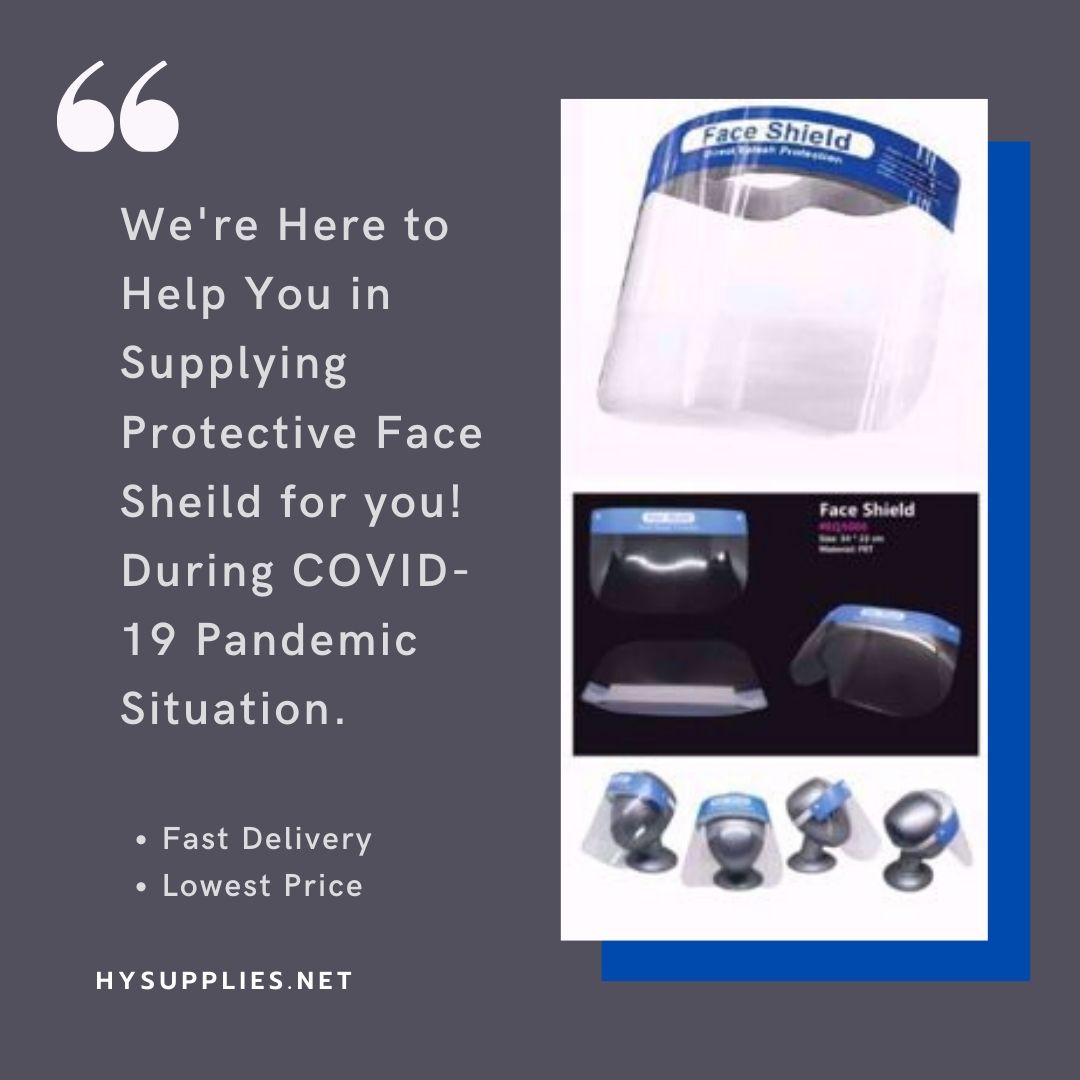In Healthcare Industry, Healthcare workers (HCWs) wear Healthcare Apparels like uniforms, scrubs and lab coats, for the following causes:
- To get identification as hospital personnel to their patients and employers.
- To display professionalism.
- To get barrier protection for clothes from unexpected exposures during the work hours.
In situations like COVID-19, a medical study suggests that Healthcare Apparels are prone to contamination with micro-organisms or pathogens that can cause infections or illnesses. While the scrubs and lab coats are majorly manufactured, with the same traditional textiles used to make street clothes, new evidence suggests having innovative textiles function. It should possess engineering control, acquisition minimization, retention, and reduction in transmission of infectious pathogens.
To solve the problems related to healthcare infections, and infections acquired occupationally, an equation with many complex variables is required. One of the main components is healthcare professionals like doctors, nurses, laboratory personnel, and technicians who are infrequent exposure to blood and body fluids. These fluids can transmit bacteria that cause colonization or infection. Risk of virus transmissions like noroviruses, respiratory viruses, and blood-borne viruses that can survive for hours or days on surfaces is also possible.
The way patient care is delivered is also another consideration. While personnel working in hospital operating rooms, and emergency units, anticipate splashes and splatters of blood and body fluids, they use personal protective equipment (PPE) accordingly.
New Medical technologies pave the way for performing invasive procedures outside of the acute care environment. The following are the situations:
- Difficulty in avoiding accidental exposures to blood and body fluids.
- Acute access to Personal Protective Equipment.
- Minimal or no supervision for healthcare professionals.
- Less compliant with standard infection control precautions.
Thus healthcare professionals who work in non-traditional settings such as Healthcare clinics, ambulatory, and community settings are at the highest risk of occupational exposure to infectious micro-organisms. Proper Usage of Protective Gowns and Masks should be made mandatory in all healthcare industries to prevent them from getting infections.







_810_810.jpeg)



